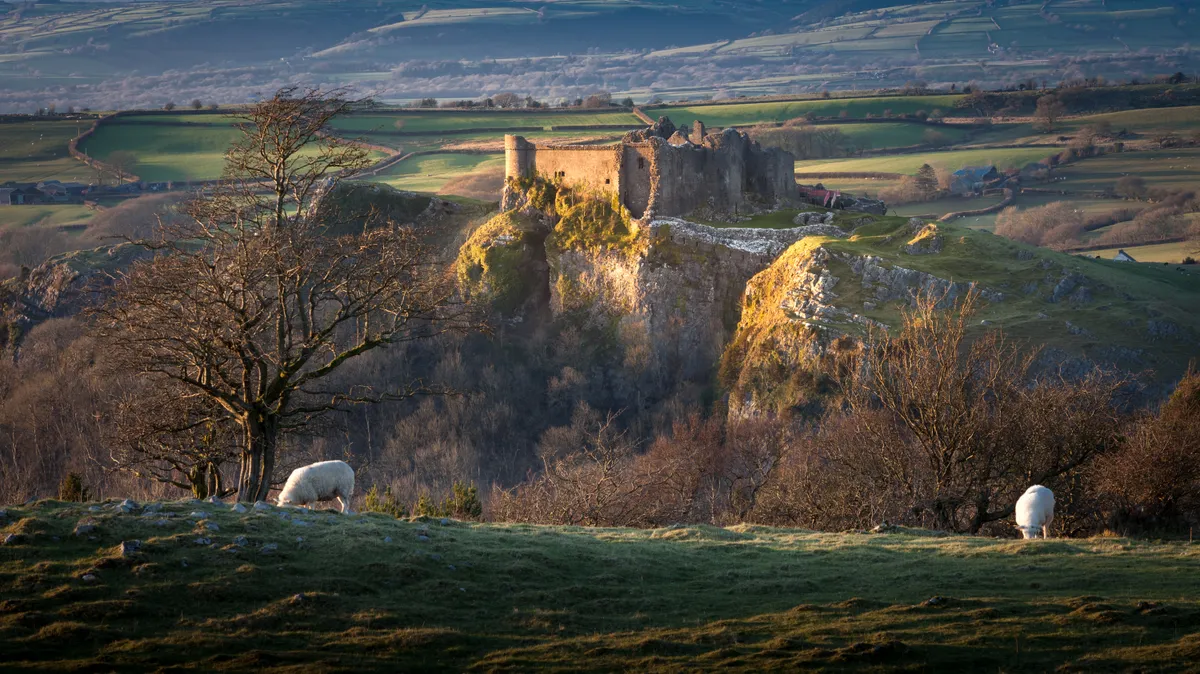The story of King Arthur tells of him searching for the Holy Grail and fighting off the Saxons to save his kingdom of Camelot, alongside the Knights of the Round Table. Other common threads to the myriad stories about the hero are Merlin the magician, Lady Guinevere and King Arthur's sword, Excalibur. But did the king really exist? And if so, where can we find traces of him?
Who was the real King Arthur?
It is not known if there was a real Arthur, though it is believed he may have been a Roman-affiliated military leader who successfully staved off a Saxon invasion during the 5th to 6th centuries. Arthur first appears in the 'History of the Britons', written in 830 by Nennius. Some believe that references to Arthur were actually a way of honouring via myth a Celtic bear deity with a similar name.
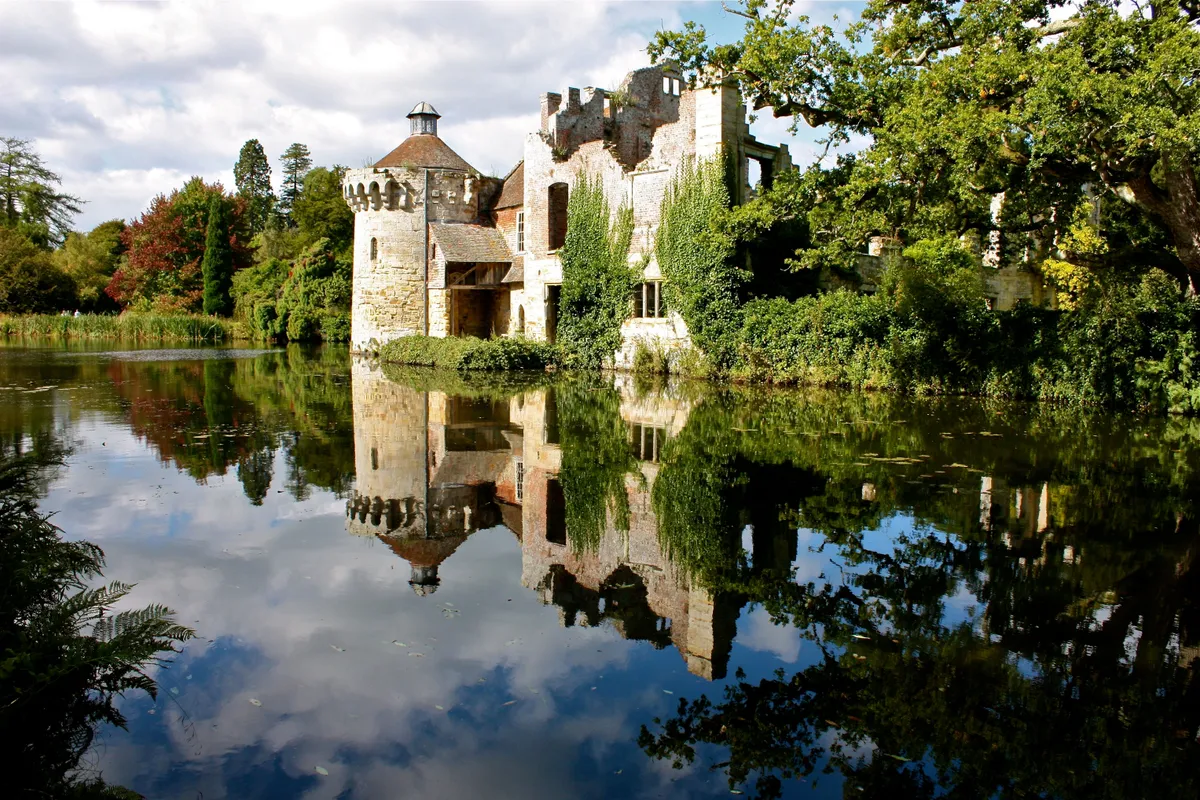
What is the legend of King Arthur?
According to ancient legend,King Arthur was a powerful British leader who successfully defended Britain against Saxon invasion in the late 5th and early 6th centuries.Legend states that Arthur will remain sleeping until foreign invaders threaten Britain once again.
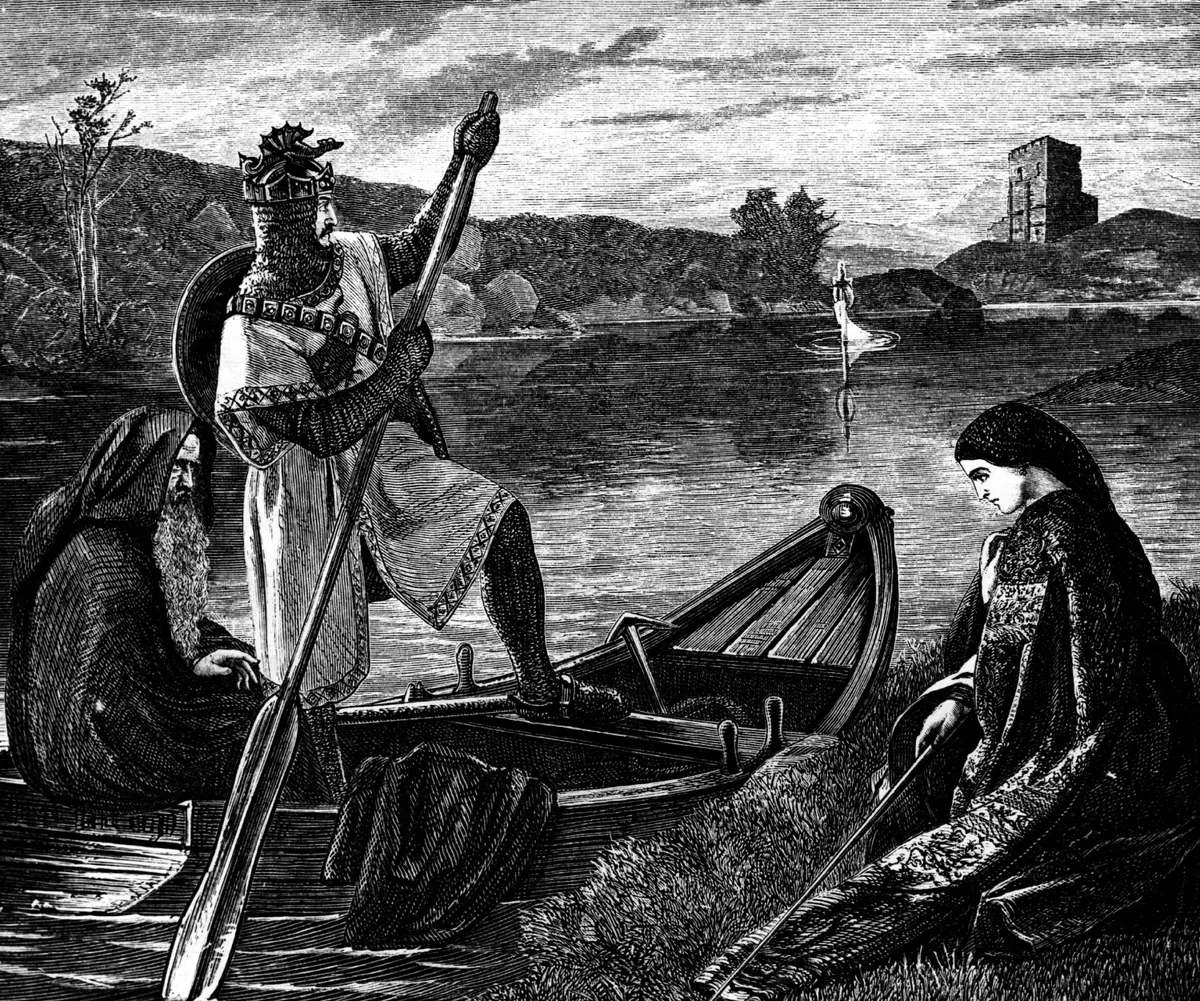
One other theory is that Arthur is derived from Arcturus, a star near the constellation ‘Ursa Major’ also know as ‘Great Bear’.
King Arthur in literature
Thomas Malory was the first to provide an English prose of the story, published in 1485, called Le Morte D'Arthur. Other early stories name King Arthur's sword, forged on the Isle of Avalon, as Caladfwlch, a Welsh word meaning "Hard Lightning". However in later versions Geoffrey of Monmouth frenchified the name to Excalibur.
Alfred Tennyson published his Idylls of the King throughout the latter half of the 1800s, telling the story of Camelot in the form of an epic poem.
Richard Burton starred as Arthur in the 1960’s Broadway musical version of the tale, Camelot.
Who were the knights of the round table?
Arthur’s knights met at a round table in Camelot. The table was round with no head, which means that all who sat there were of equal status and importance.
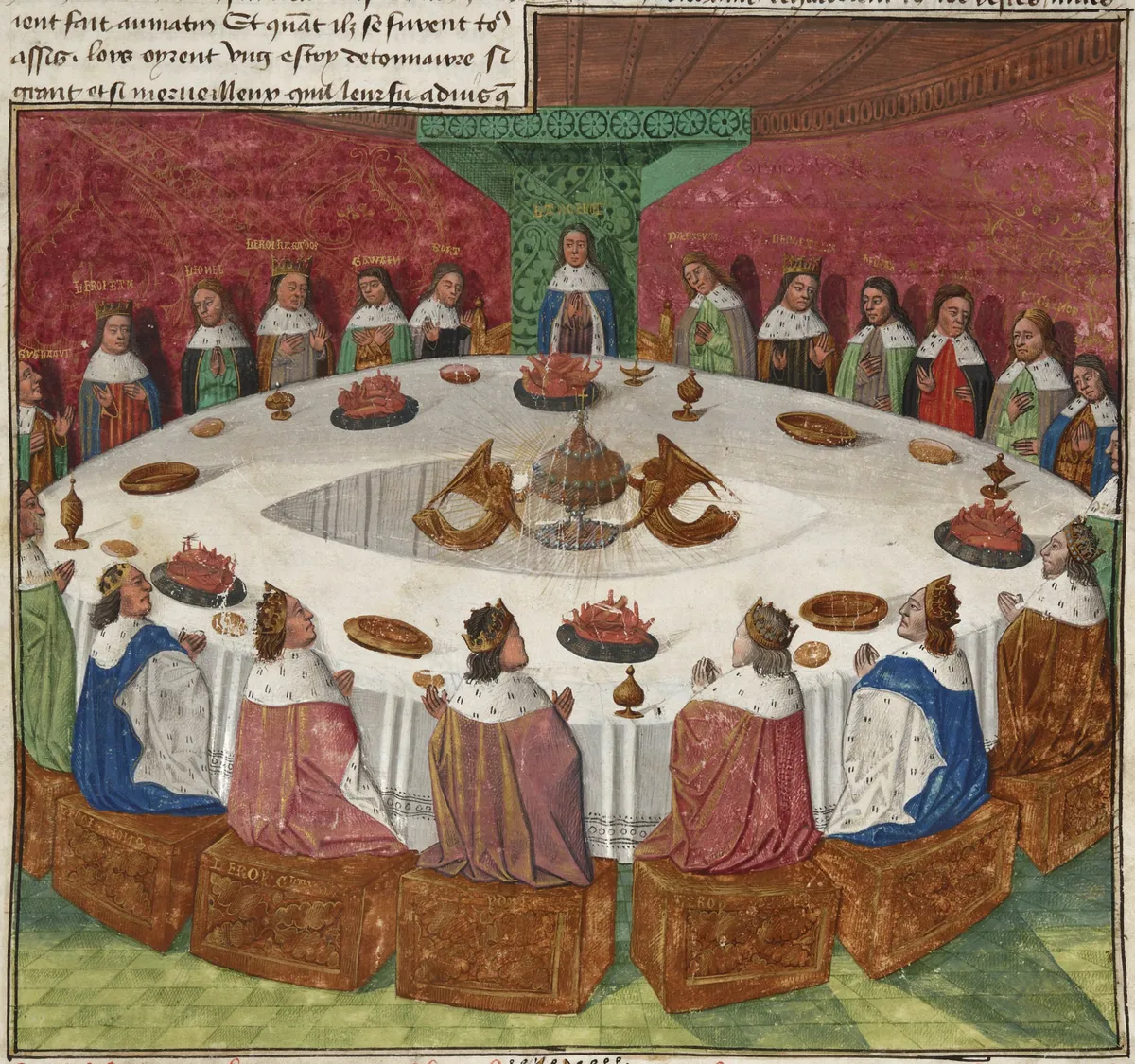
The final resting place of King Arthur
It is said that Arthur is buried in the cemetery of Glastonbury Abbey on the south side of the Lady Chapel between two stone pyramids. It is rumoured that Henry II asked the Abbot to dig within the ancient graveyard for the bones of Arthur, as he had information from a Welsh bard that Arthur was buried here.
Podcast: Finding King Arthur’s Britain in the modern countryside
How strange earthworks and other mysterious features in the landscape reveal ancient battle-lines and defences – plus, the location of Camelot revealed.
Best places in Britain to follow King Arthur's trail
1
Tintagel, Cornwall
This is the where the story starts for the Saxon leader, as Arthur was conceived in the Cornish village of Tintagel by king Uther Pendragon and his wife Igraine. Merlin’s cave is also in Tintagel, and is said to have been the place where the magician fostered Arthur.
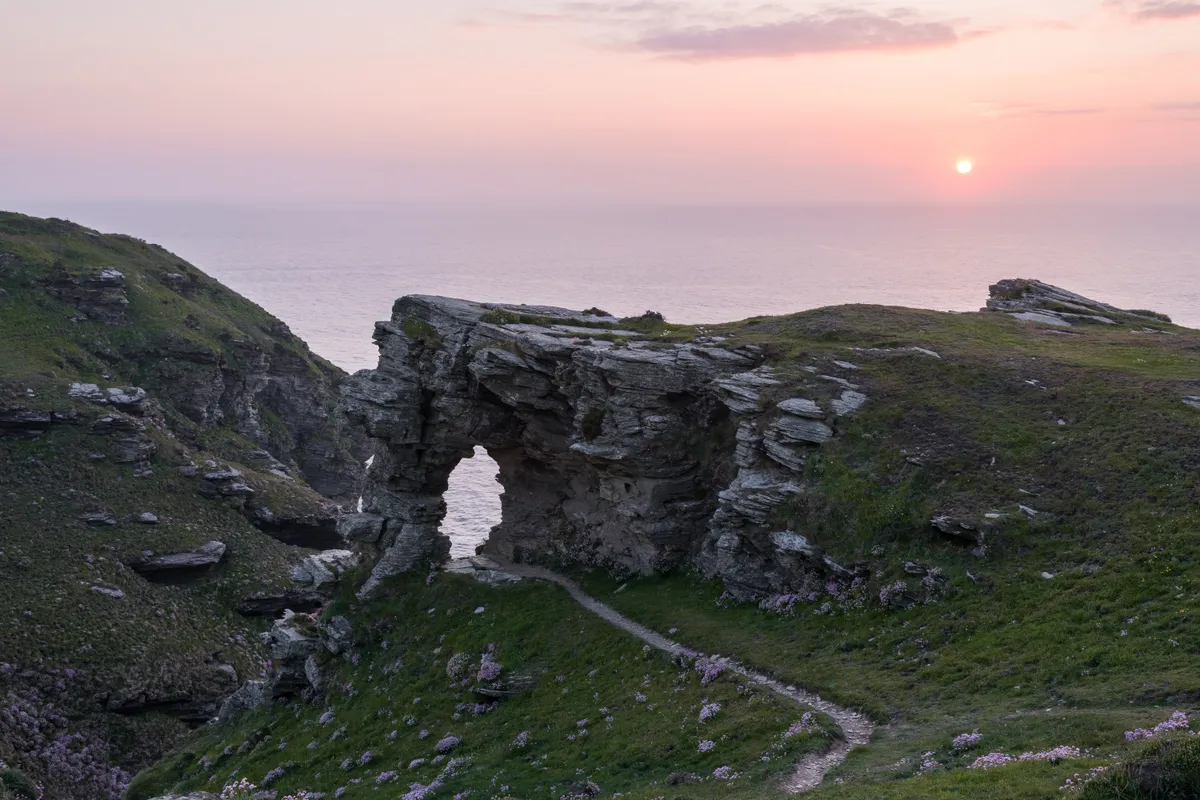
2
Cadbury Castle, Yeovil
Many places claim to be the kingdom of Camelot but the ancient hill fort of Cadbury Castle, north east of Yeovil in Somerset, is probably the most beautiful to visit. The castle was used from 470 until 580 and has a great hall and refortified defences.
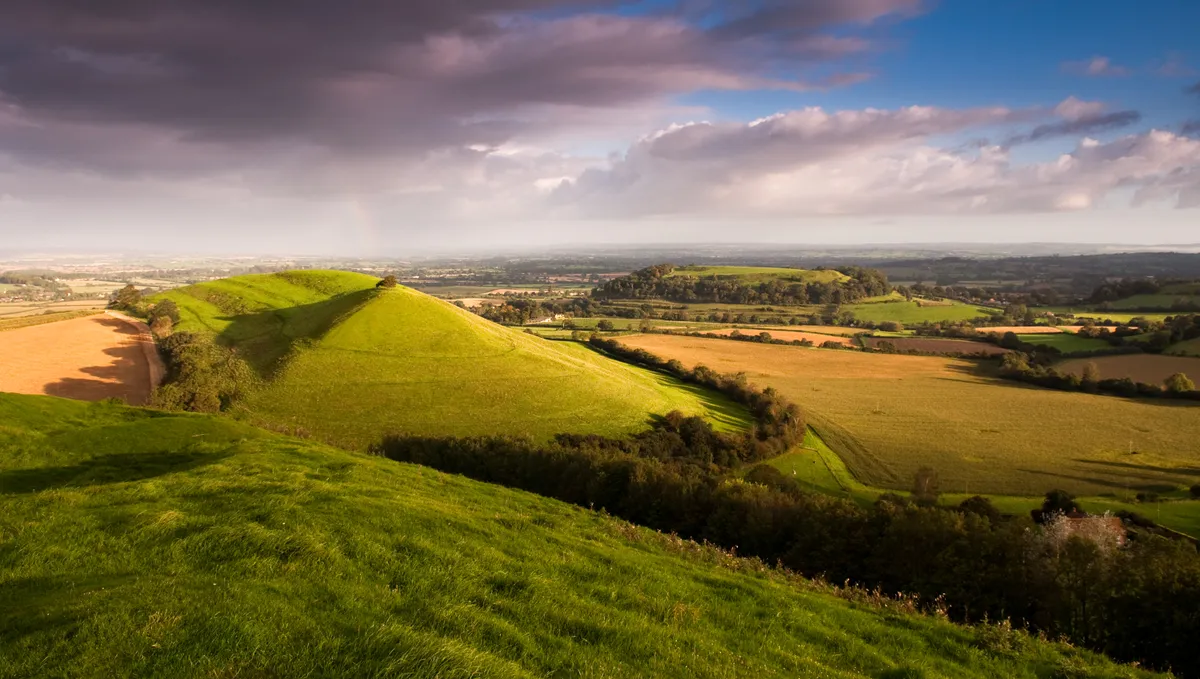
3
Dozmary Pool, Bodmin Moor
A supposed enchanted lake from which the Lady of the Lake appeared, providing Arthur with a sword that would win him any battle.
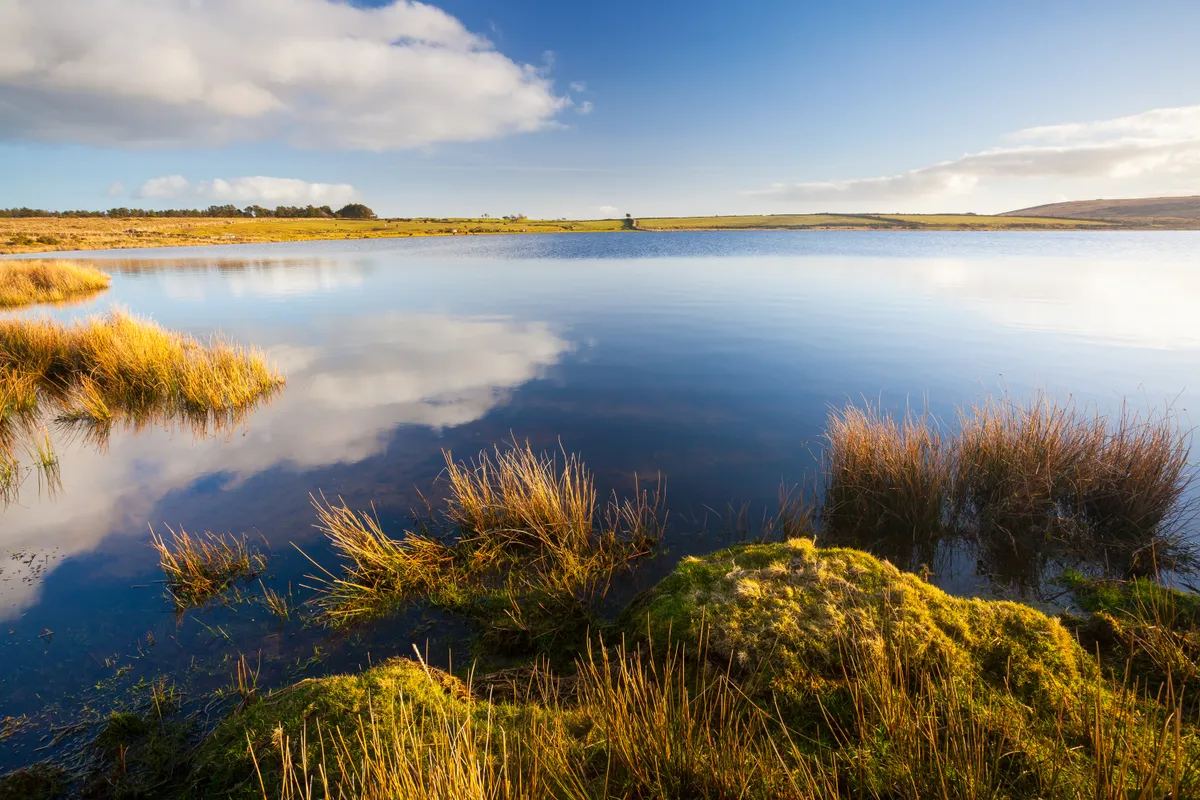
4
Glastonbury Tor, Somerset
The mythical Tor is supposed to be the site of the Holy Grail, a magical goblet that provides happiness, eternal youth and infinite food. Arthur’s knights are known to have gone on many quests searching for this wonderful treasure, although they were never successful.
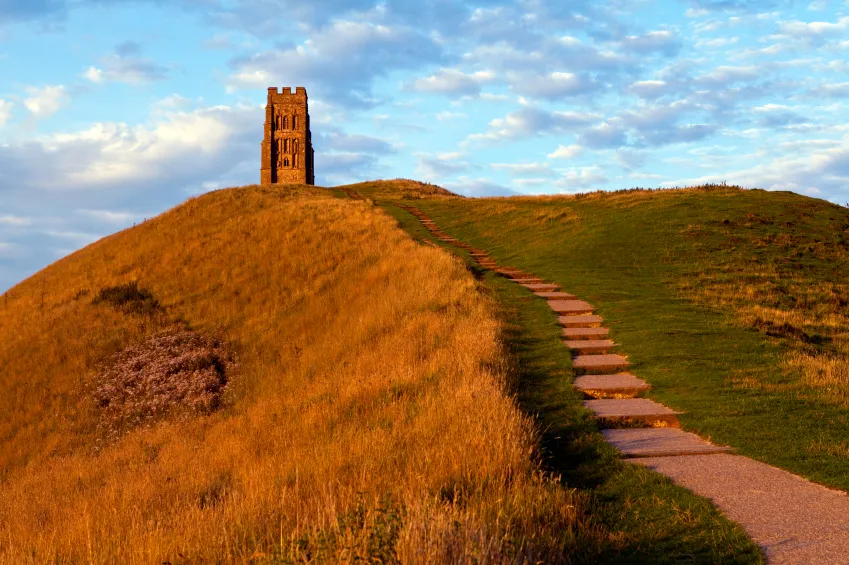
5
Arthur’s Seat, Holyrood Park, Edinburgh
The main peak above the city of Edinburgh is known as Arthur’s seat and makes for a beautiful walk with epic vistas over the Scottish capital.

6
Badbury rings, Dorset
The king fought many battles across Britain, but the one that gave him the throne was fought against the Saxons in the ‘Battle of Badon’ at the Badbury rings in Dorset.
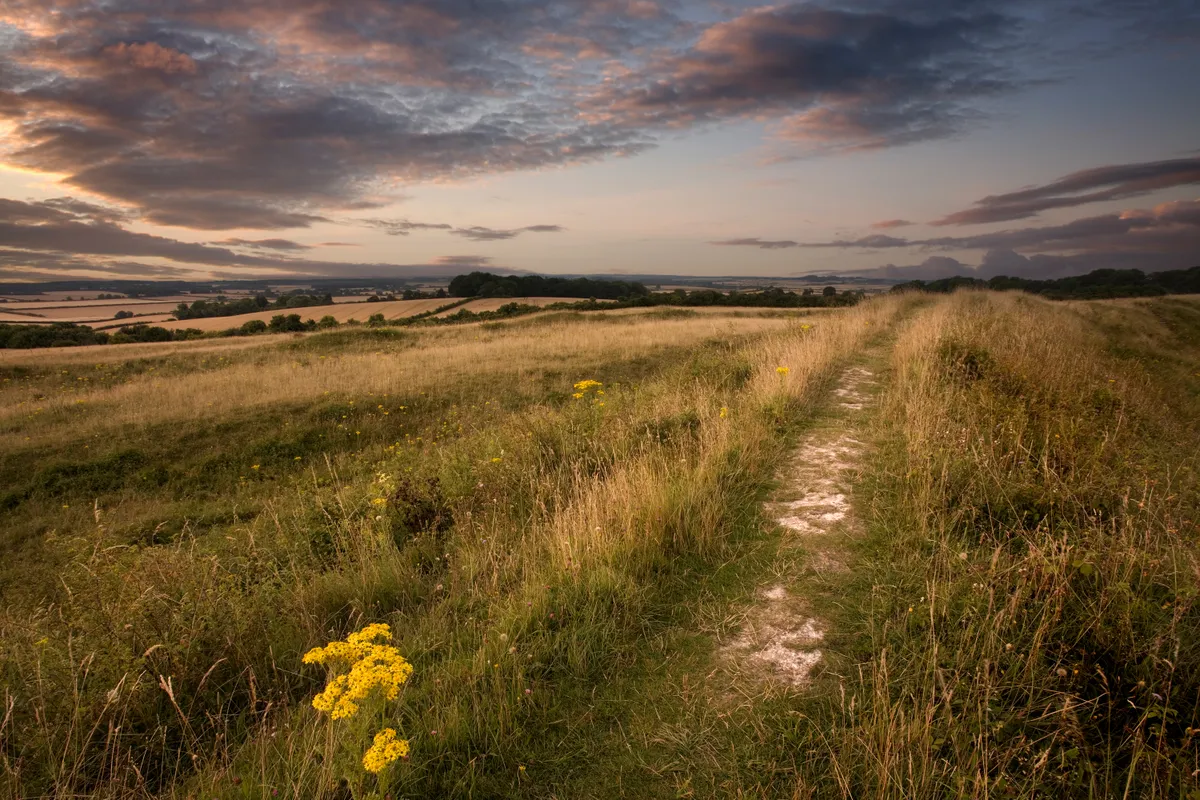
7
Slaughterbridge, Cornwall
It was here that King Arthur fought his evil nephew, Mordred in the battle of Camlann. This was the battle in which Arthur was mortally wounded.
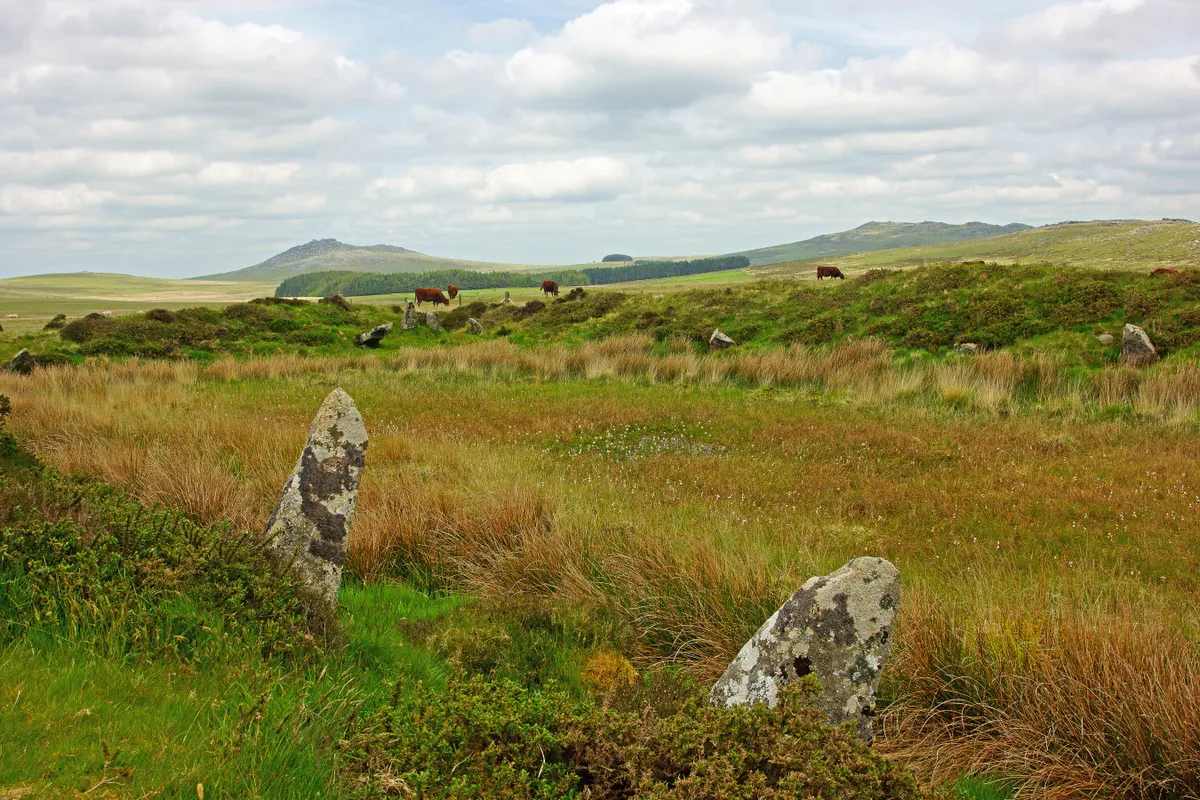
8
Glastonbury Abbey, Somerset
King Arthur is said to have been buried deep in the cemetery on the south side of Glastonbury Abbey.
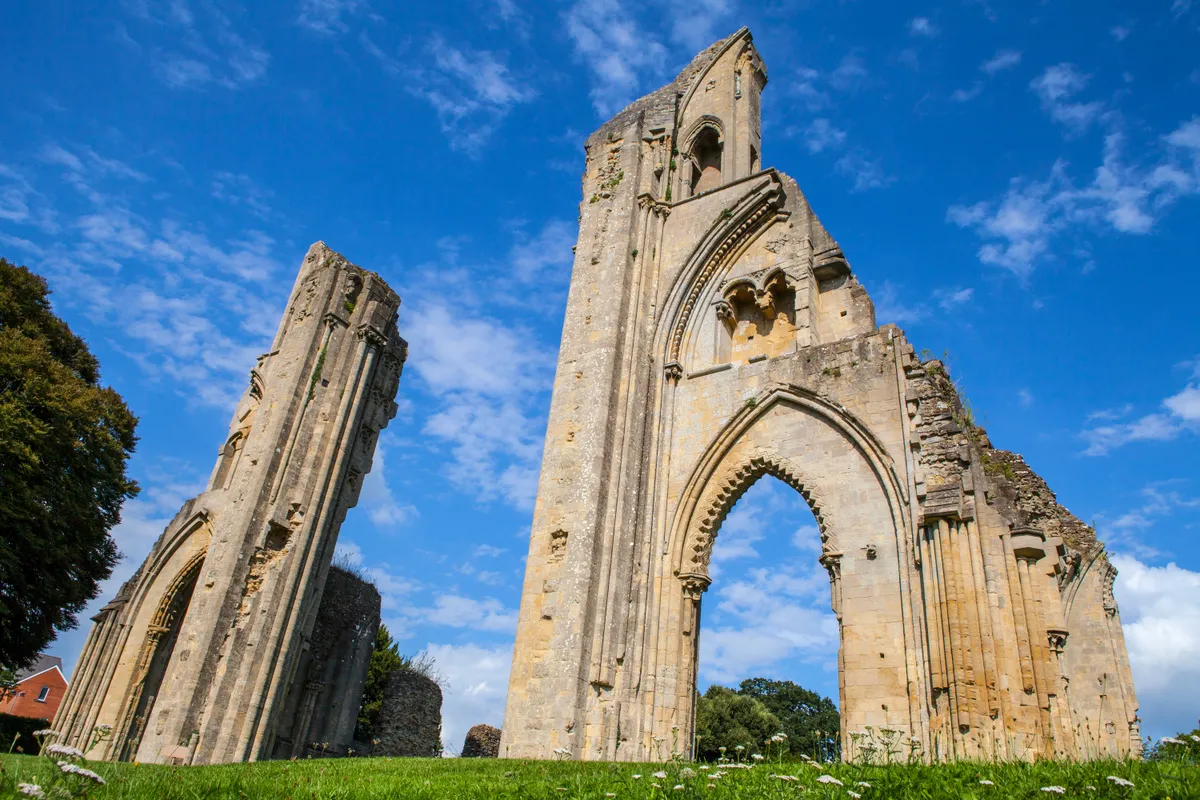
9
Carmarthen, South Wales
Carmarthen in South Wales is said to be the birthplace of the magician Merlin and home to Merlin’s tree, an oak that stood in the town centre and was said to have magical powers. A branch of the tree is still on display in the Carmarthenshire County Museum.
